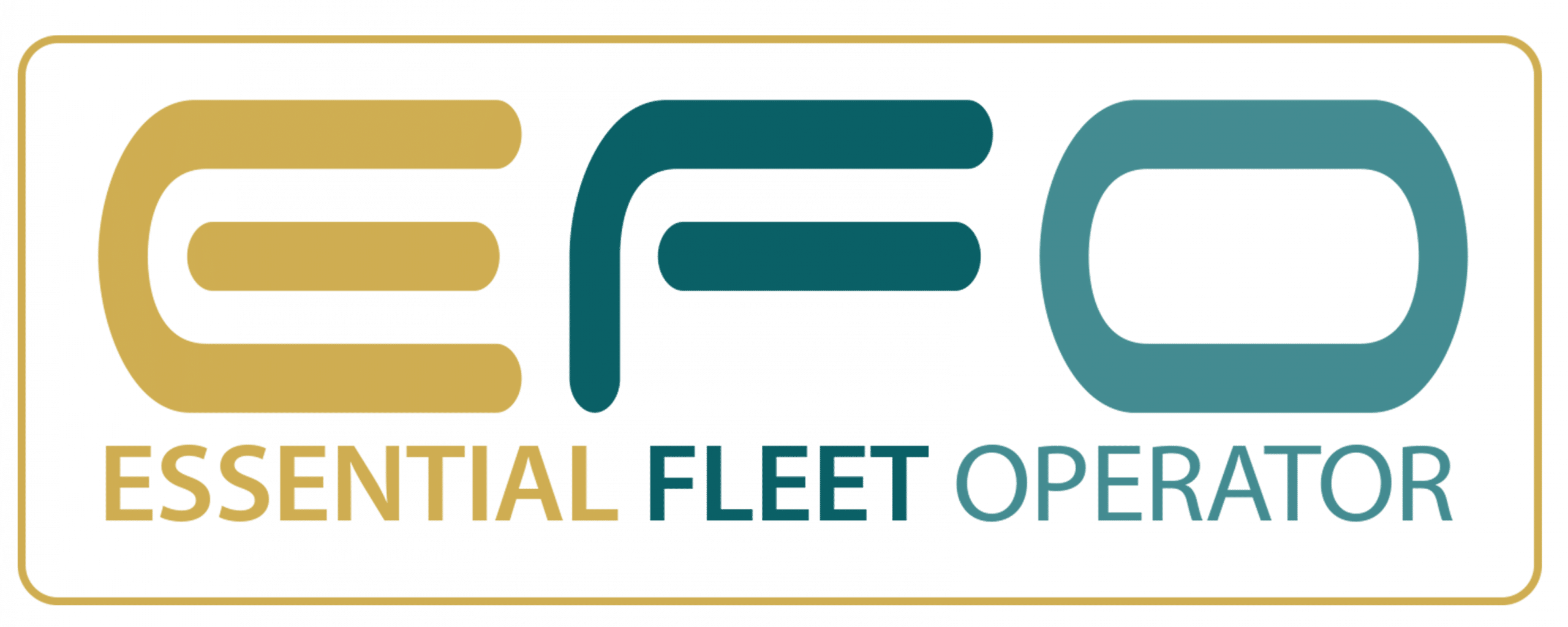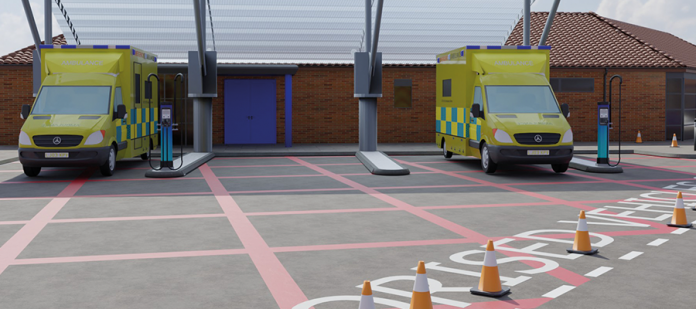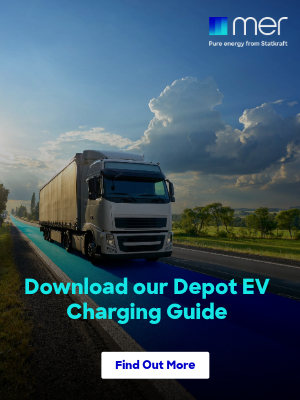How to Build Resilient EV Infrastructure for Essential Blue Light Fleets
As the UK pushes towards net zero, essential fleets such as those of ambulance, police and fire services are increasingly under pressure to decarbonise. However, the stakes are much higher when it comes to smoothly transitioning to electric vehicles (EVs) for these services. Downtime is not an option – constant operational readiness is imperative.
This means that the success of fleet electrification depends not just on switching to EVs, but on developing smart and resilient charging infrastructure that keeps these vital services running.
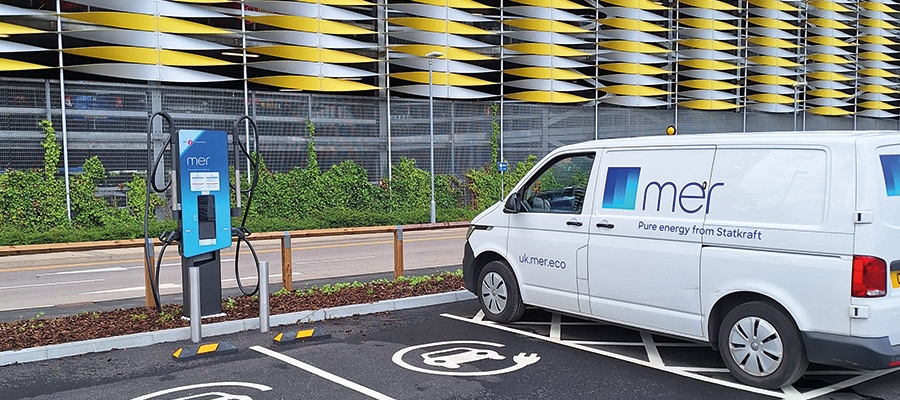
Partners in Planning
Transitioning an essential fleet to EVs is not just about purchasing new vehicles. It requires extensive planning, since the infrastructure and required EVs can be costly. Many blue light fleet managers will select an EV charging partner to guide them through the end-to-end process.
Your partner will draw up a detailed electrification strategy which considers all aspects of the installation. The strategy is built upon information gathered from preliminary site surveys and analyses of your fleet’s operations. Everything from available space at the depot, vehicle routes and staff shift changes help to inform which EV charging infrastructure solution is right for you.
Before breaking ground, 3D modelling can simulate the proposed solution to identify any further potential issues and help you visualise your infrastructure. Meanwhile, your infrastructure partner can coordinate with energy suppliers, while advising on regulatory requirements and navigating the wide array of government grants and schemes.
To ensure your daily operations can continue uninterrupted during the installation, a phased approach is typically best. Your EV charging partner will use all the information discovered in the initial investigations to select the optimal vehicles to start the electrification process. By guaranteeing that all solutions are future-proof and designed with scalability, you can begin to make the switch to EVs while mitigating any potential issues.
Smarter Solution, Smaller Cost
Building resilient EV infrastructure is not simply about installing more chargers; it is about utilising smarter systems. While it might appear best to install lots of high-powered chargers, this is wasteful in terms of budget and carbon emissions. A case-by-case approach to each depot must be taken to strike the right balance between ultra-rapid, rapid and fast chargers. Generally, high-powered chargers are best suited for situations where a vehicle might need a quick top-up mid-shift. On the other hand, you may have non-essential fleet vehicles that are of lower operational importance. Often, it is better to charge these vehicles overnight on less-intensive fast chargers. This amounts to using less energy, saving capital on usage, and taking advantage of cheaper night tariffs, while the ultra-rapid and rapid chargers are available for your most vital EVs.
Smart charging technologies such as load balancing and distributed charging allow fleet operators to control when and how vehicles charge. Most emergency vehicles return to base frequently. Therefore, operators can stagger charging based on shift schedules and vehicle availability.
If you can distribute available power across all charging points in real time, you will manage the power demand intelligently instead of having every vehicle drawing the maximum current simultaneously. For instance, the system might prioritise vehicles based on departure time, state of charge, operational importance and journey demands. These tools prevent the site from exceeding its grid capacity.
By optimising energy usage and reducing peak demand, blue light fleets can cut down on costs and minimise the need for expensive on-site grid upgrades.
Integrated Intelligence
It is a mistake to assume that EV charging infrastructure is simply hardware. Software integration is just as important for improving fleet resilience. Your selected EV charging partner needs to be able to integrate their charging software architecture with your existing fleet management systems. This could take the form of linking your telematics data and route management with the partner’s battery analytics and energy consumption trackers.
The unpredictability of first response routes can make forecasting budgets accurately difficult for essential fleet managers. Intelligent software solutions which connect to your charging infrastructure can help to mitigate this, as they analyse energy demand based on call-out patterns. This helps to ensure that key stakeholders can avoid over- or under-spending on their fleet, while developing an accurate picture of day-to-day needs.
Renewable energy can also be integrated into your EV charging solution. For instance, solar panels can help you avoid the price fluctuations of traditional energy markets, whilst also furthering your organisation’s sustainability goals. At present, renewables cannot yet replace the grid for high-power charging, but they can help to offset consumption and reduce costs. In a worst-case scenario, the renewable sources can act as a backup in a grid outage, ensuring your vehicles can remain charged and mobile.
One of the newest developments in the field of EV charging infrastructure that is being rolled out is Vehicle to Grid (V2G) integration. This technology allows fleets to store energy and return it to the grid during peak periods. Though not widely adopted yet, V2G has the potential to transform blue light depots into energy hubs, which is an attractive prospect in times of increasing grid pressure.
Always on Call
Reliability must be the foundation of any EV infrastructure solution. Emergency vehicles need to be ready to respond at a moment’s notice. A single charging failure could take a vehicle offline at a critical time. Chargers must be robust, regularly maintained and supported 24/7 in case of issues.
Choose an EV charging partner that knows how best to support fleet operators through every eventuality. Ask whether they have a robust service level agreement in place, designed to maximise charger uptime and keep essential fleets fully operational.
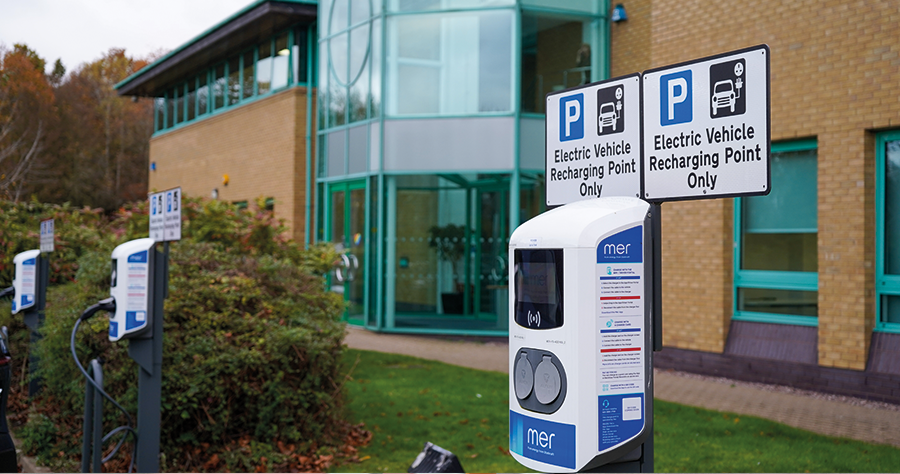
Real-world Results
NTW Solutions is an entity established by Cumbria, Northumberland, Tyne and Wear NHS Foundation Trust to provide support services across more than 60 Trust sites. NTW Solutions has a fleet of 1,400 lease cars for its employees and around 90 service vehicles. After going to tender, NTW Solutions selected Mer to help support its fleet electrification goals. The Trust required EV charging infrastructure that would power its fleet across 13 different sites to support a wide range of vehicles.
Mer carried out surveys across every site to identify the best and most cost-effective charging solution for each location. After developing an infrastructure strategy, Mer proceeded to provide smart chargers to meet the NTW Trust’s requirements, alongside the back-office software that provided all the data analytics needed.
Lee Cant, Commercial Director of NTW Solutions, said, “Mer have been fantastic; they have gone above and beyond in terms of customer service. Working with them has significantly increased the speed of electrification and the decarbonisation of our fleet. It has enabled us to change our policy so that all new vehicles added to the fleet have to be electric unless there is a very good operational reason why they can’t be EV.”
Built for First Responders, Trusted by Fleet Managers
Over the past 10 years, Mer has installed over 1,000 sockets for the UK’s NHS Trusts, Ambulance, Police and Fire & Rescue Services. Our experience working alongside essential fleet operators means our team has a wealth of expertise in navigating regulatory compliance and delivering mission-critical EV charging infrastructure.
Find out more about how Mer can help your essential blue light fleet in its EV transition. Download our depot charging guide for further information.

